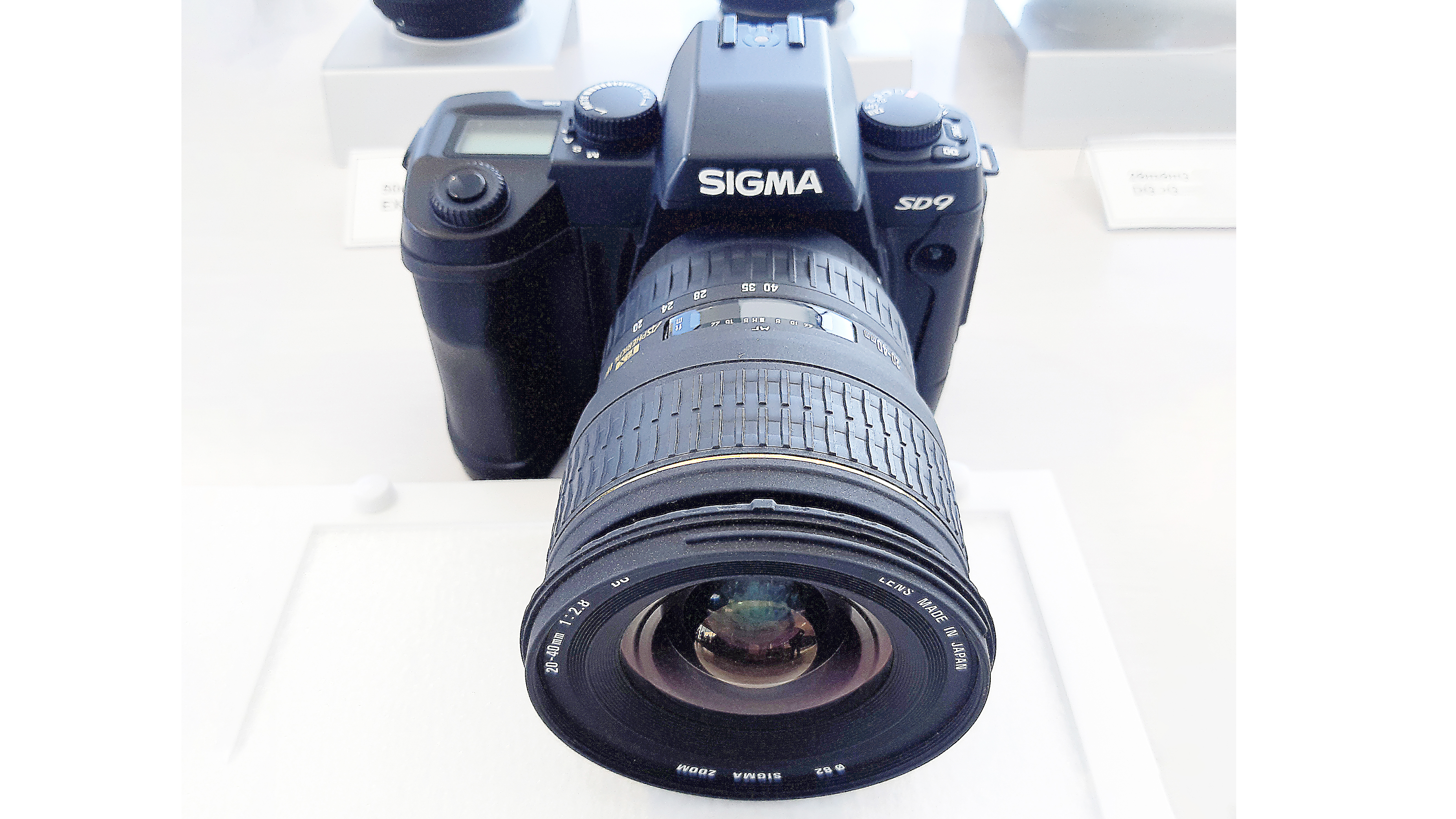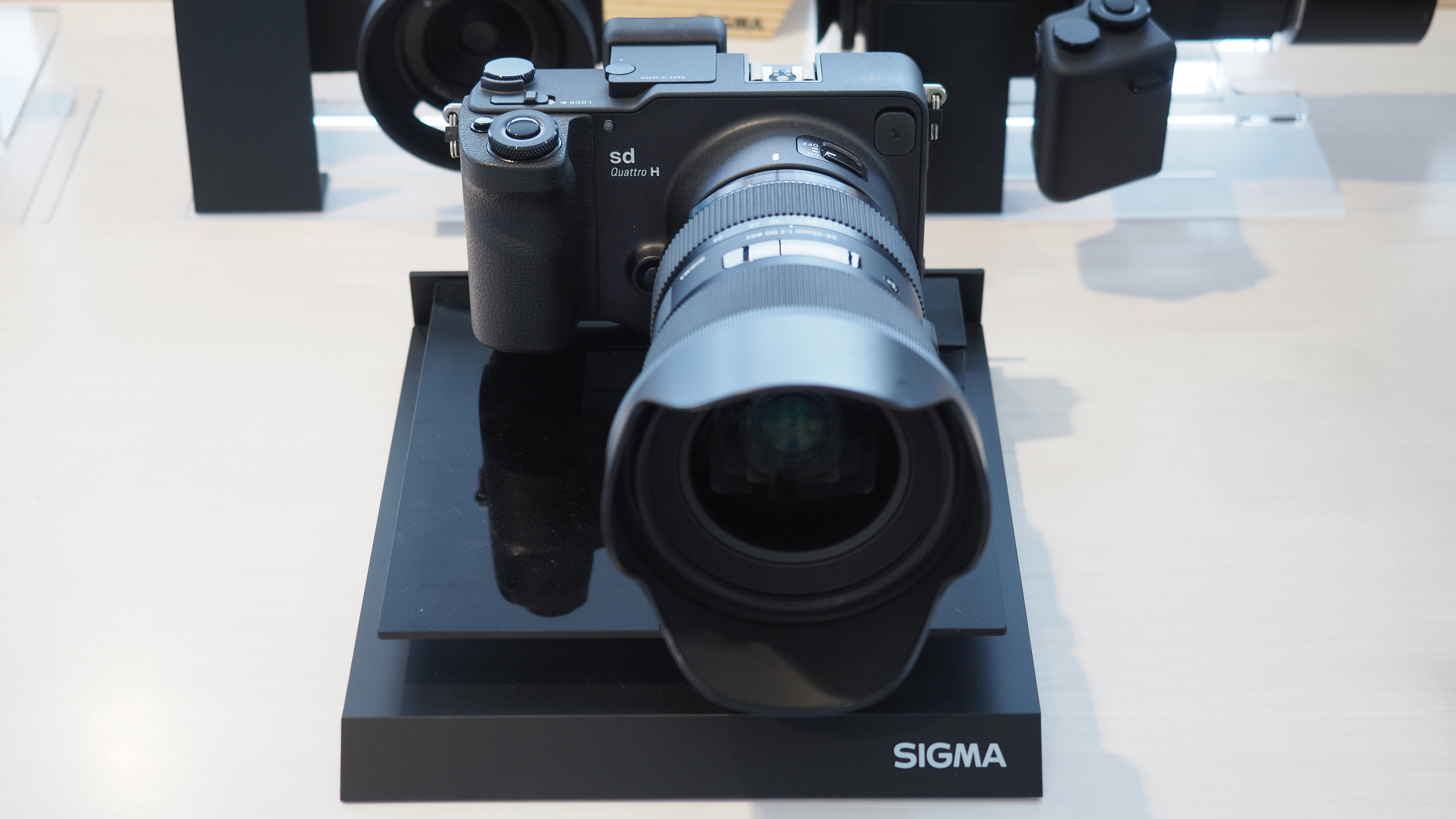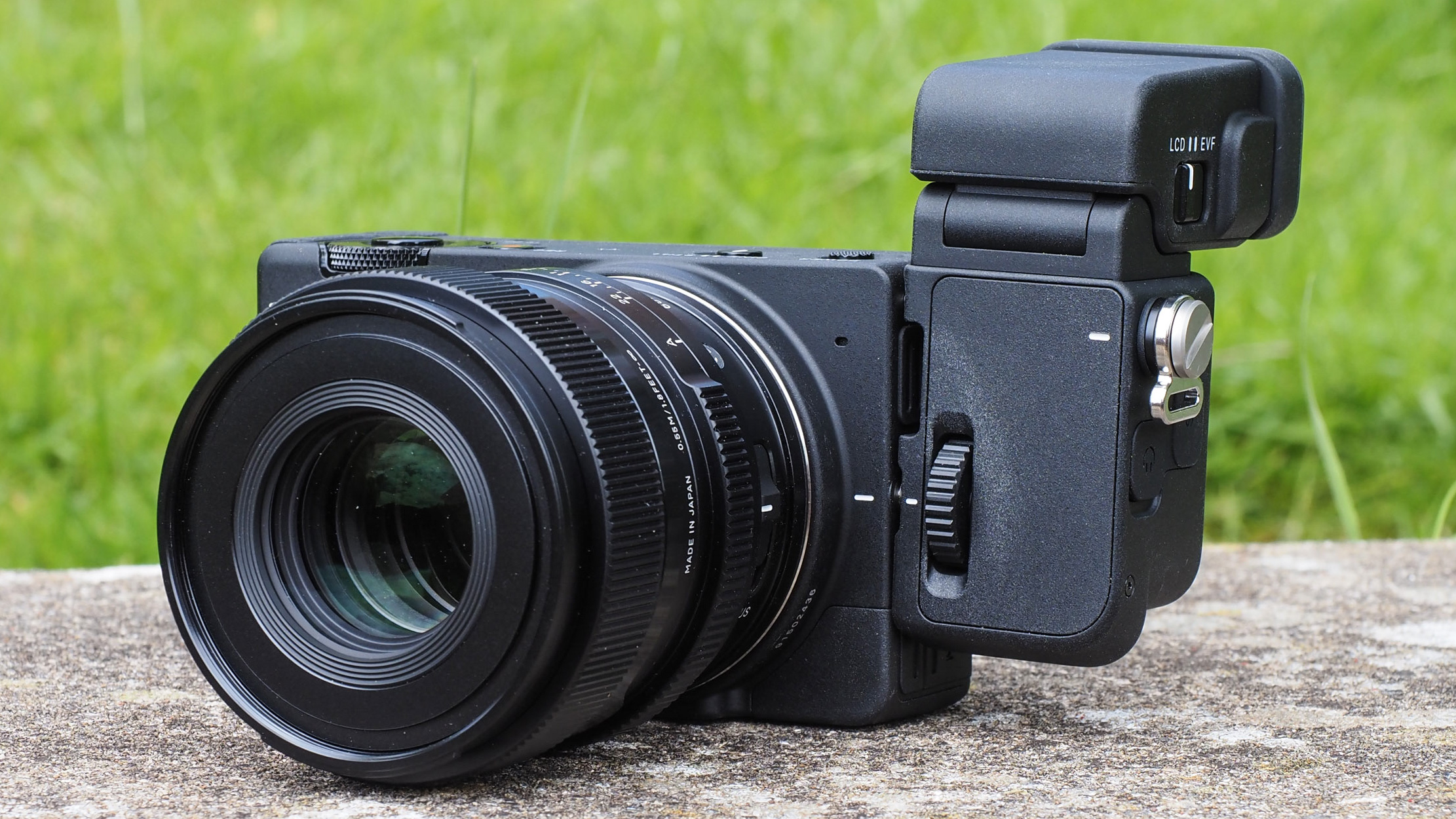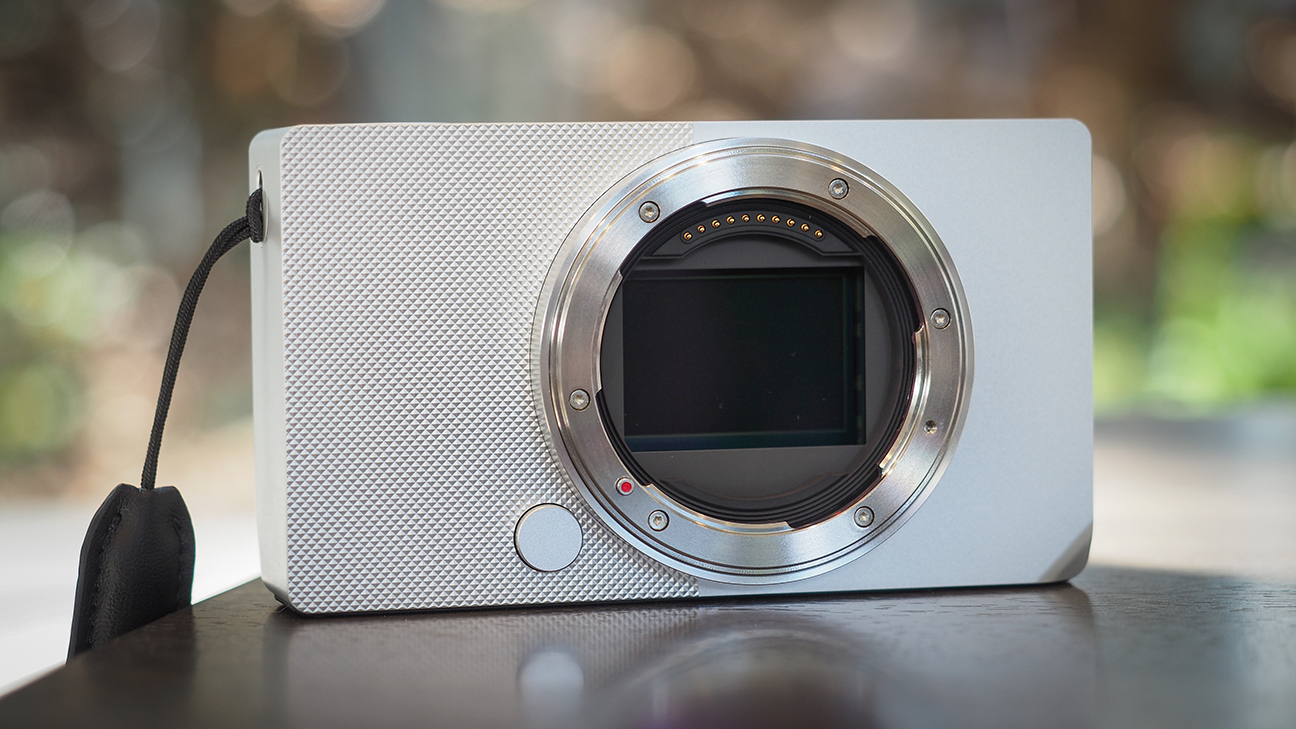Sigma's weird camera designs over the years – from familiar forms to "Beautiful Foolishness"
Sigma is best known as a lens maker, but it also builds cameras that break from conventional design. In fact, quirky cameras are a Sigma speciality

At the recent launch in Japan of the now much-discussed Sigma BF, the attending journalists were also taken on a tour of the factory where it’s made. This facility is located in Aizu, in the Fukushima prefecture, about 190 miles north of Tokyo.
On display in a showroom at the Aizu factory are the many milestone products in the history of Sigma since it was founded in 1961. Obviously many of these are lenses, but there’s also a surprising number of cameras.
The line-up – which commenced in 1976 with a 35mm SLR based on a Ricoh model – shows that Sigma largely stuck with convention with its early film cameras, which included quite a number of fully-automatic compact cameras.
In the digital era, Sigma started to do things differently – adopting the three-layer Foveon sensor for its first DSLR, the SD9, which was launched in 2002. The Foveon X3 sensor was developed in the USA as an alternative to the (still) widely-used Bayer pattern of RGGB filters positioned over clusters of four photodiodes.
Creating a full-color image thus requires interpolation (specifically demosaicing) and Foveon reasoned that this compromised image quality – specifically sharpness – and came up with a sensor structure comprising three vertically-stacked layers of photodiodes, individually sensitive to blue, green and red (top to bottom).
Thus each photosite delivered full RGB color and effectively three times the resolution (much as now happens with high-res pixel-shift multi-shot capture).
In practice, however, there have been problems, particularly with the red layer – the deepest one – because a lot of light is lost on the way, so the result is less sensitivity and more chroma (color) noise.
The best camera deals, reviews, product advice, and unmissable photography news, direct to your inbox!
Nevertheless, Sigma liked the Foveon sensor so much that in 2008 it bought the company. It has continued to work on trying to improve the performance, but this has been even more problematic with a full frame imager (all the X3 sensors so far have been APS-H, APS-C or slightly smaller).
Sigma continues to persist with Foveon, despite ongoing technical issues, while having now produced three full-frame mirrorless cameras using conventional sensors.
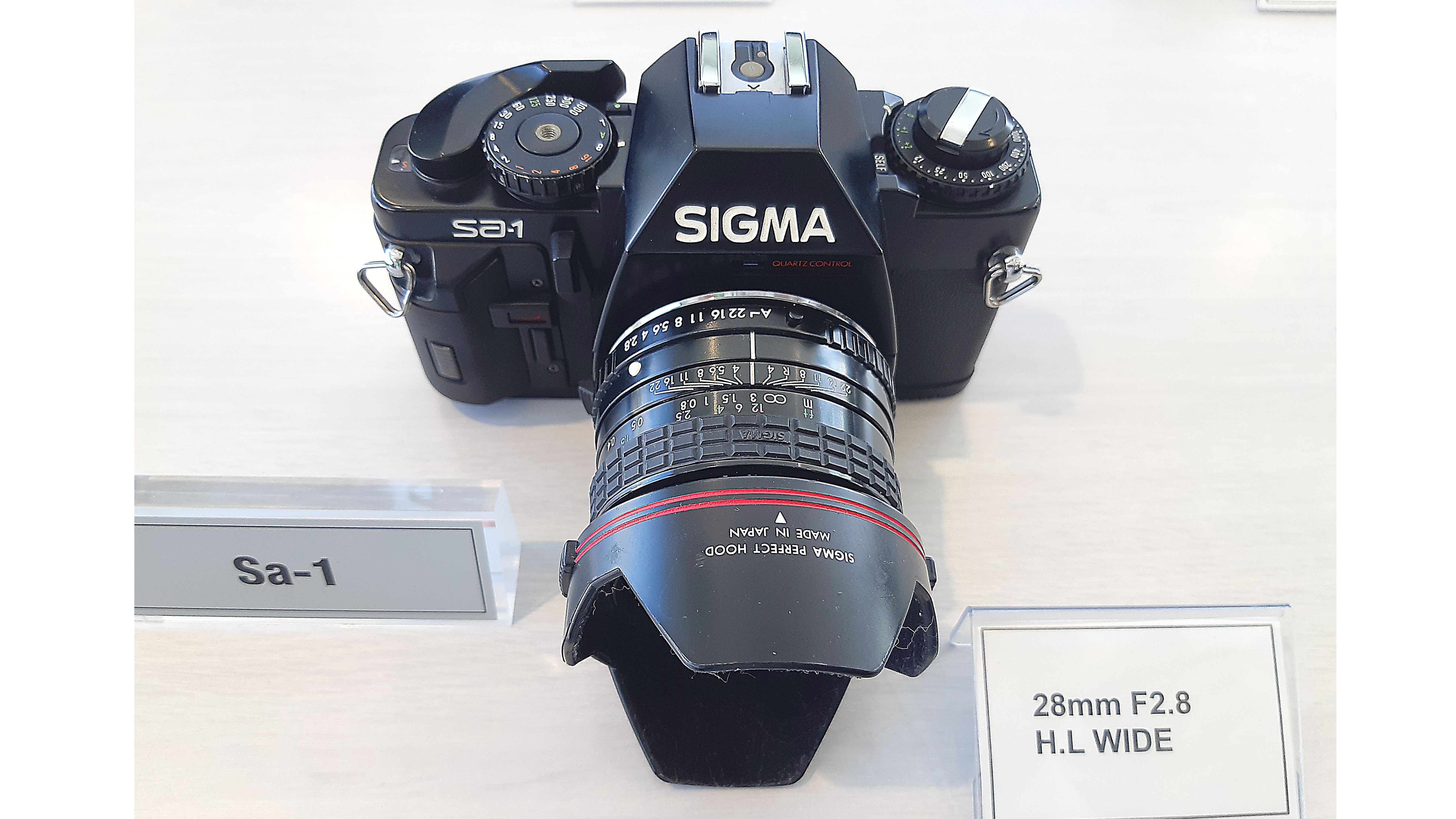
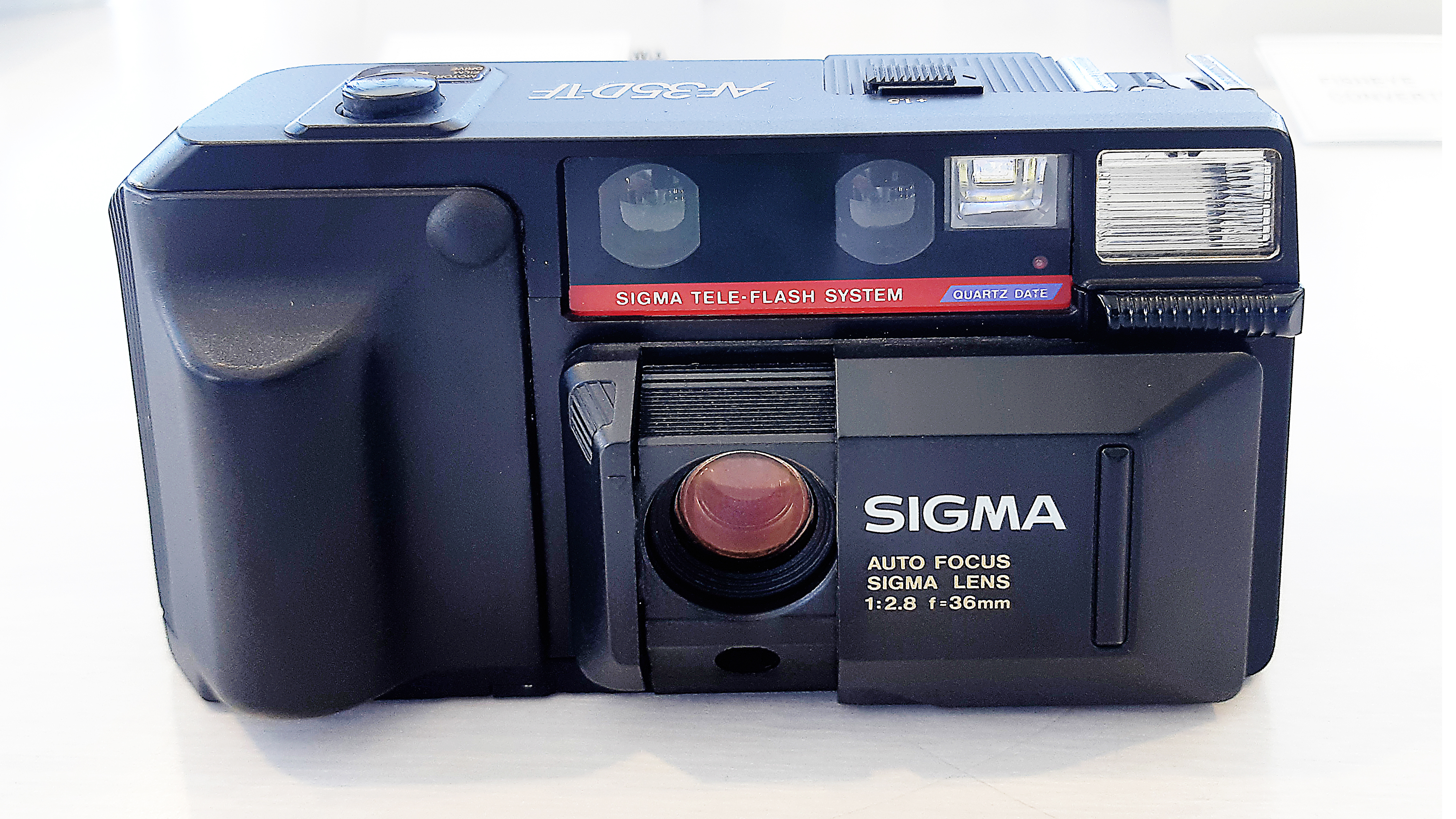
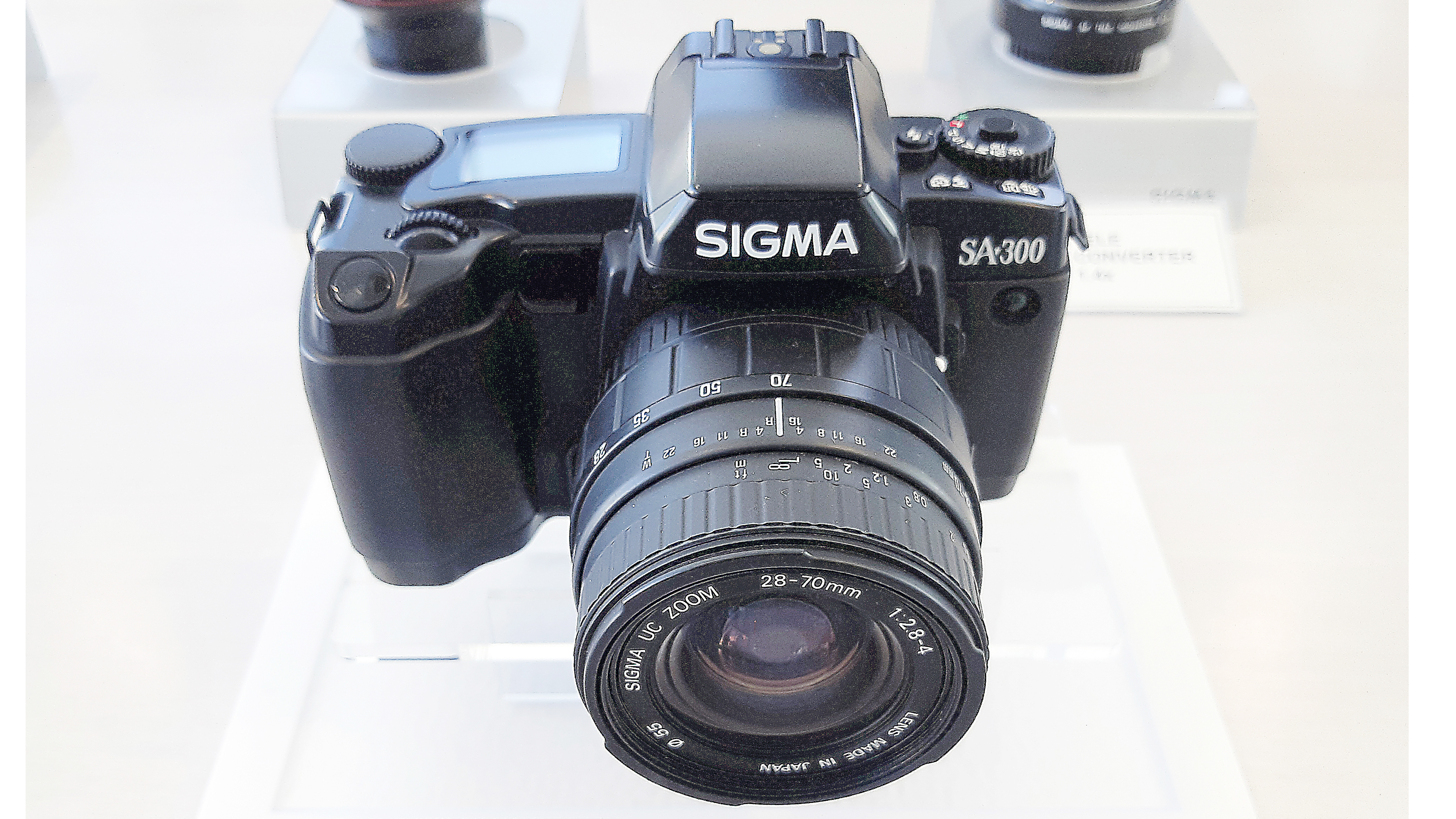
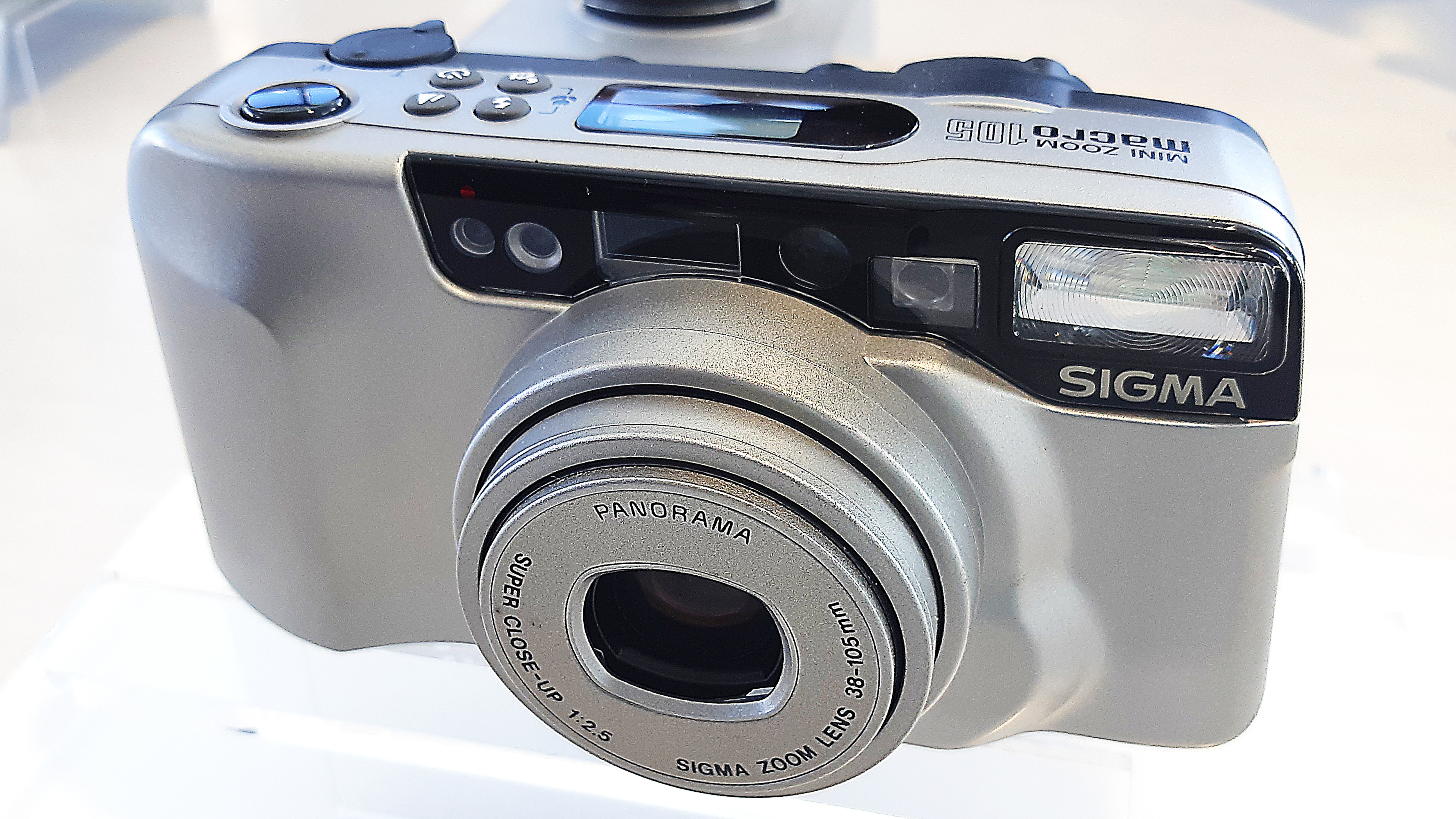
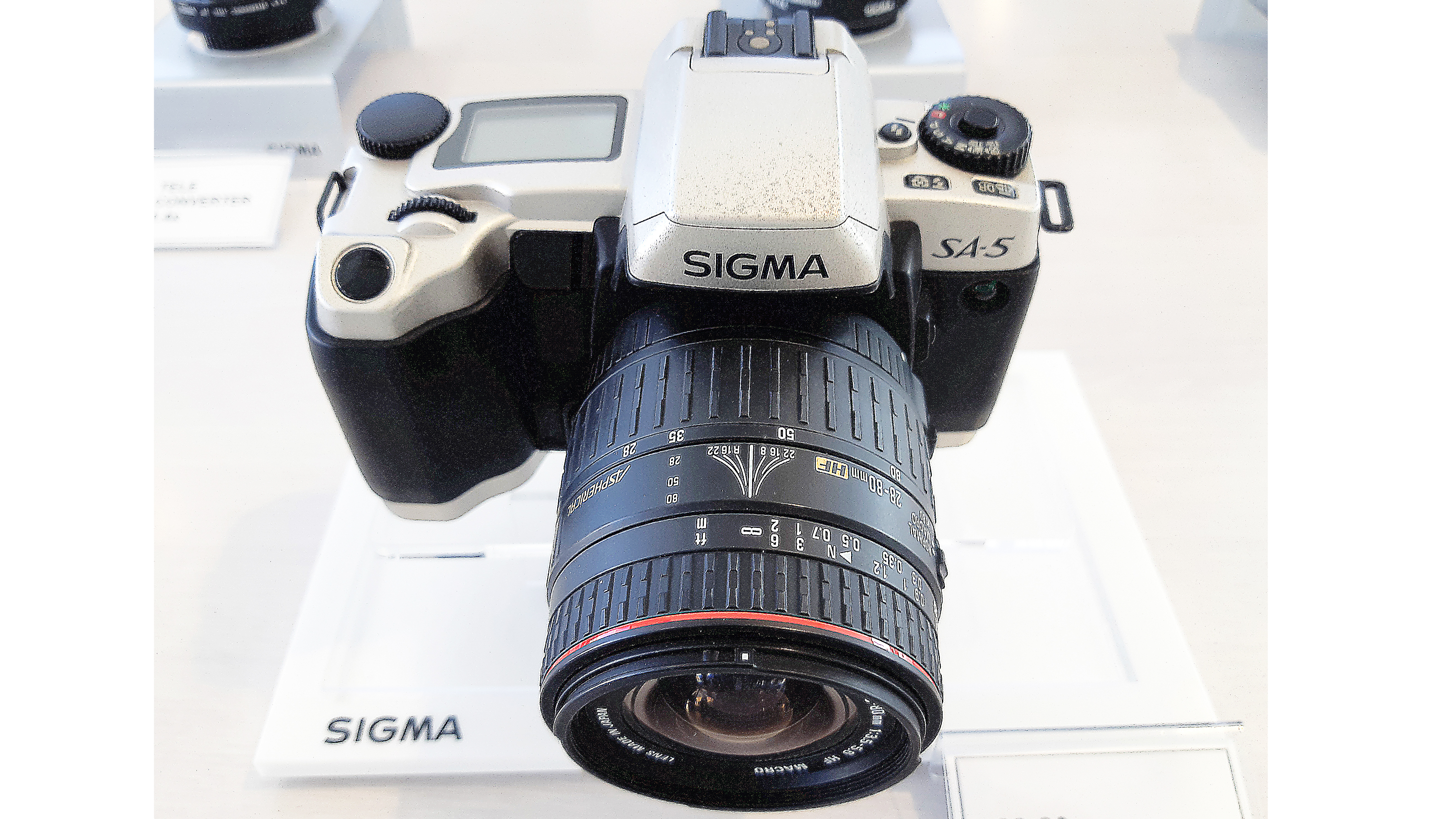

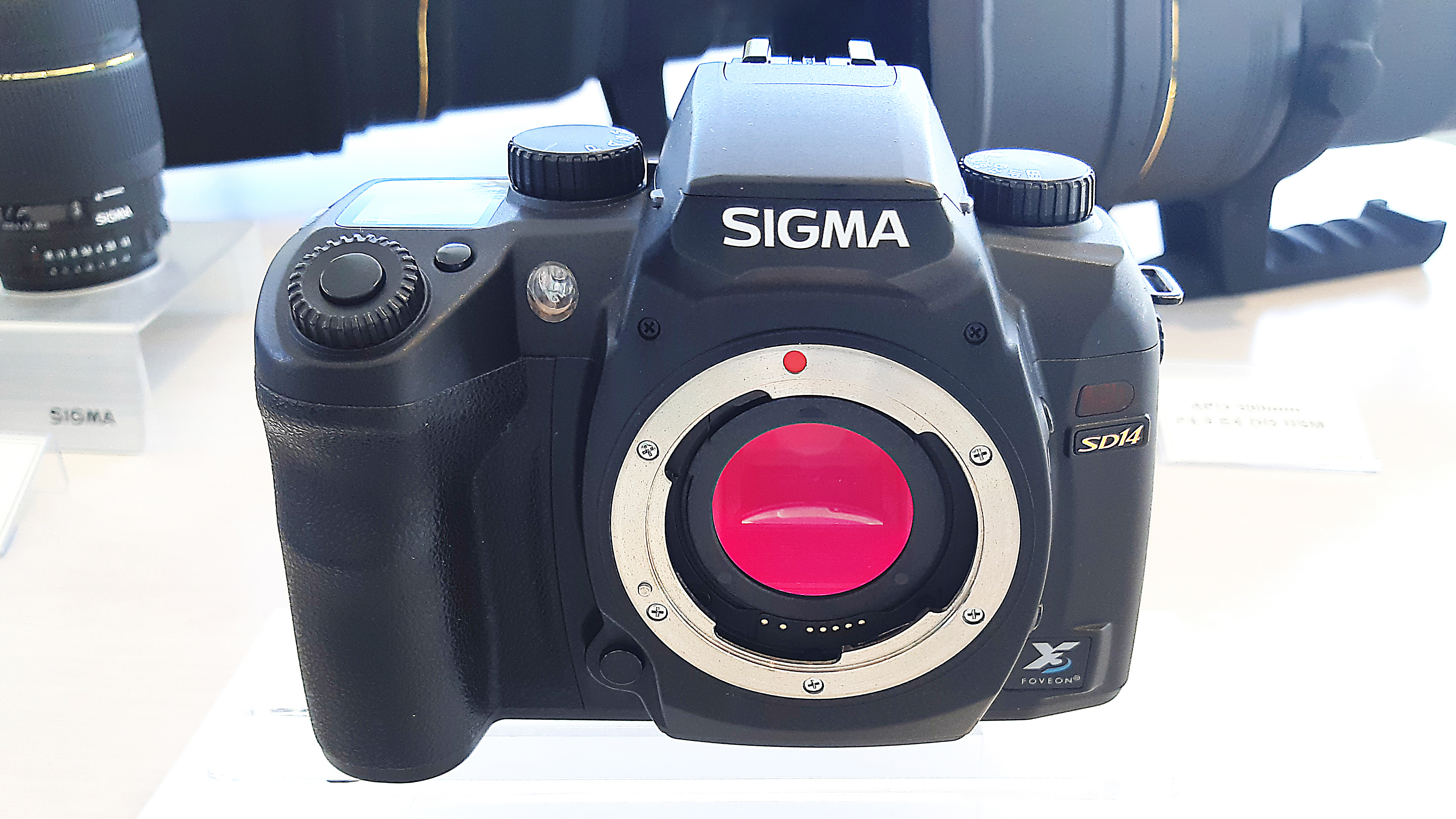
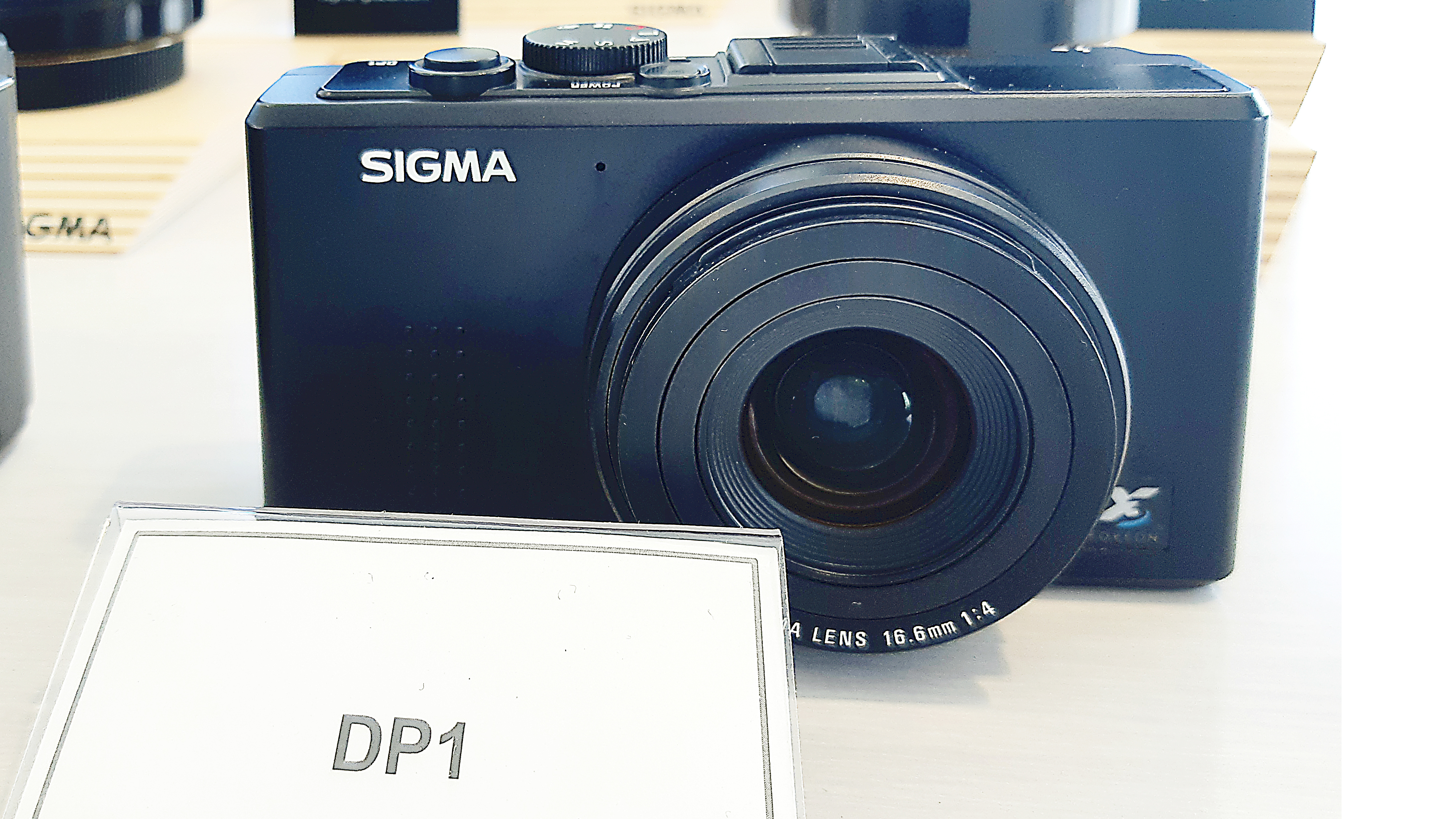

After Kodak’s much-publicized fallout with Canon, it switched its DSLR platform to Sigma’s SA-9 body refitted with the EF mount and using its own 14MP full-frame CMOS sensor. This camera was called the DCS Pro SLR/c and was introduced in 2004, but just over a year later Kodak ended its DSLR program.
Always a small player in this sector, Sigma also turned its attention to making compact digital cameras with a wider appeal, starting with the DP-1 in 2008. It used the same 14.15 MPFoveon X3 sensor as the SD14 DSLR (which was actually slightly smaller than APS-C, giving a focal length magnification factor of 1.7x) and a 16.6mm f/4 fixed lens (effectively 28mm).
Although fairly conventional in design, but not the idea of a bigger sensor in a small camera, the high-end DP1 began Sigma’s reputation for making cameras with, shall we say, more individualistic appeal.
A higher-res Foveon X3 sensor was introduced in 2012 with a trio of 15MP layers to give 46MP in total (44.3MP effective) which was impressive for the time. It was also now fully APS-C in size, so the DP1 was redesigned with a 19mm f/2.8 lens to still give an effective focal length of 28mm.
The new sensor also appeared in the SD1 DSLR and the DP2 compact which had a 45mm-equivalent fixed lens. Around this time, Sigma also began adding the name “Merrill” to various editions of its cameras, in honor of Richard B Merrill (1949-2008), founder of Foveon and the inventor of the X3 vertical color filter technology.
In most cases, though, there were virtually no differences between the versions.
With the next-generation DP Quattro series of fixed-lens cameras, launched in 2014, Sigma went completely off-piste with the styling while also introducing a much-revised Foveon sensor, primarily designed to help reduce the issues with color noise.
Still with three layers, the new X3 sensor now used only the top one to capture luminance info (brightness) along with the blue color, while the other two layers captured green and red. Sigma called this the “1:1:4 structure”, hence the Quattro name. Brightness information was subsequently added to these two layers as the image was processed in the camera.
As only the top layer captured the full resolution, the Quattro series cameras had an effective pixel count of 19.6 million (but there was a ‘Super High’ quality mode, which used interpolation to give 39MP for JPEG capture).
There were initially three models – the DP1 Quattro with a 19mm f/2.8 fixed lens (equivalent to 28mm), the DP2 with a 30mm f/2.8 lens (45mm) and the DP3 with a 50mm f/2.8 lens (75mm). The DP0 Quattro followed in early 2015 and had a 14mm f/2.8 lens, equivalent to 21mm.
These were cameras with plenty of quirks and foibles – among them no EVF, no video, no image stabilization and slow operation – but they gained a loyal following of dedicated enthusiasts and performed well in terms of image quality. By the way, Foveon X3 sensors can’t record video – period.
Next came the sd Quattro series in 2016, which were mirrorless bodies using Sigma’s own SA bayonet lens mount as per the earlier 35mm SLRs and the DSLRs. The sd Quattro model had an APS-C size sensor, again with the native resolution of 19.6MP, but the option of ‘Super High’ quality capture for JPEGs at 39MP.
The sd Quattro H featured the largest size Foveon sensor seen to date, equivalent to the APS-H format in imaging area, to give a focal length magnification factor of 1.3x. The native resolution is 25.6MP, but with the option of an upscaled 51.2 megapixels when shooting in the proprietary 14-bit X3F RAW format (which required Sigma’s clunky Photo Pro software).
Perhaps for this reason, the sd H also had the option of 12-bit Adobe DNG RAW capture. Notably, these cameras have a built-in EVF (along with a tilt-adjustable monitor screen) and the styling, while not as radical as that of the fixed-lens Quattro models, is still quite unusual.
Again, there’s a dedicated following with the H model, in particular, maintaining pretty buoyant pricing on the second-hand market – mostly because of its unique sensor, despite there still being performance limitations.
With the adoption of a conventional Bayer-filtered sensor for the current fp series mirrorless cameras, Sigma embraced video with great enthusiasm – and, consequently, these very compact bodies have near-cinematic capabilities and are particularly suited to rig or gimbal usage.
This is now the L-Mount era, so there’s a choice of lenses beyond Sigma’s own offerings, although it still has the most extensive range. The original 24MP Sigma fp and the current fp L model with 61MP on tap continue Sigma’s desire to do things differently in camera design.
Apart from being the smallest and lightest full-frame mirrorless bodies – even after the arrival of Panasonic’s Lumix S9 which, of course, is also an L mount model – they’re still fairly idiosyncratic in both form and function.
It seems that, fairly early on, Sigma determined it could never compete with the biggest camera brands and decided instead to attract attention in other ways. Consequently, it isn’t about chasing big sales numbers (although the aim is probably always to at least break even) but having the courage of convictions which, when realized, are convincing enough for others to buy into.
The new BF is Sigma’s most radical departure from convention yet, but it’s probably only happened because none of the company’s other adventures in camera design have been complete failures. It’s undoubtedly bold, brave and probably, possibly downright bonkers – but it’s not without either insight or inspiration, and that’s always going to start a conversation.
As Oscar Wilde famously noted, “There’s only one thing in the world worse than being talked about, and that is not being talked about”.
How do Sigma's latest cameras fare? Check out our Sigma BF review, along with our Sigma fp review and Sigma fp L review. All three use the L-Mount, so take a look at the best L-Mount lenses.
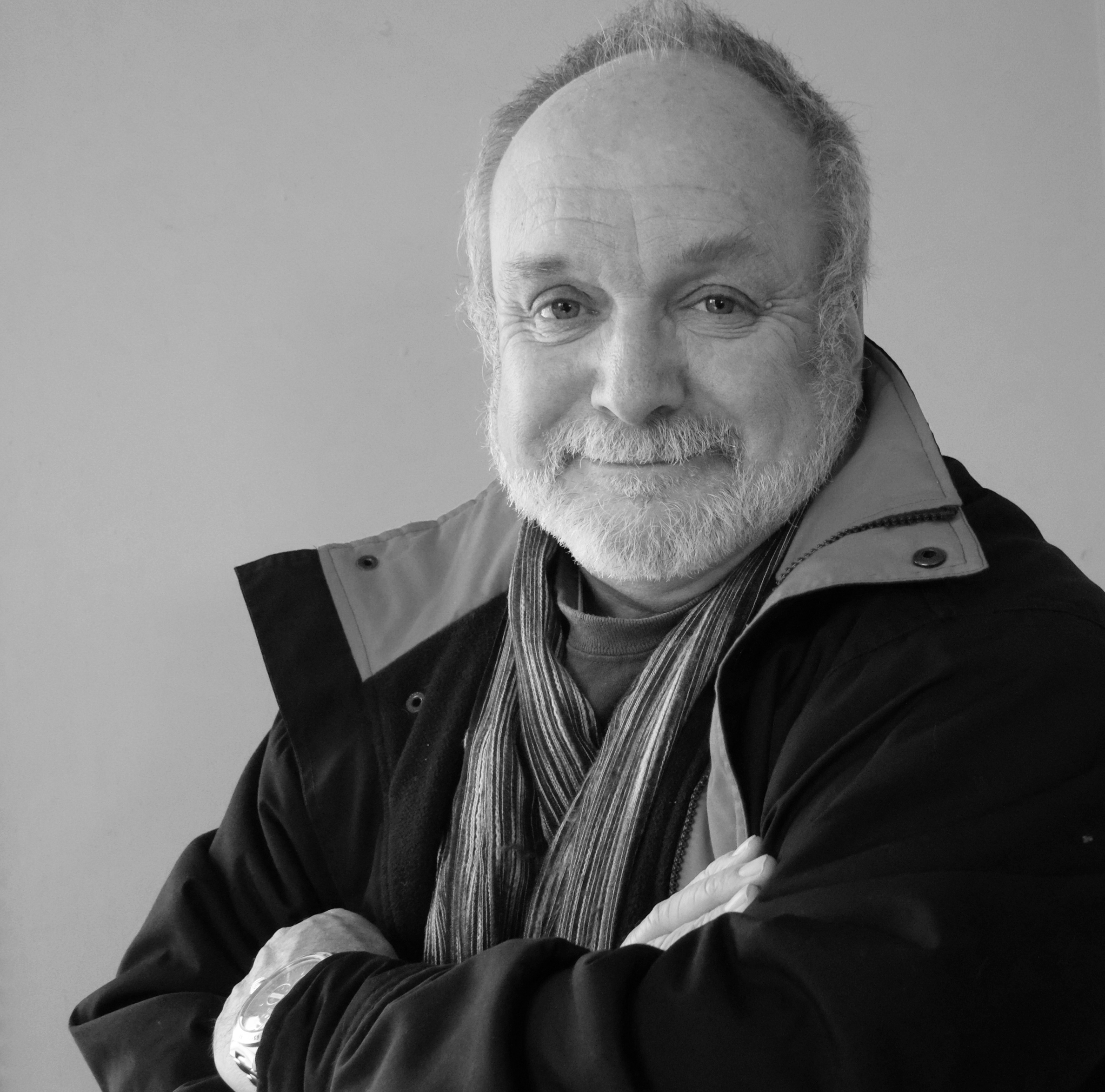
Paul has been writing about cameras, photography and photographers for 40 years. He joined Australian Camera as an editorial assistant in 1982, subsequently becoming the magazine’s technical editor, and has been editor since 1998. He is also the editor of sister publication ProPhoto, a position he has held since 1989. In 2011, Paul was made an Honorary Fellow of the Institute Of Australian Photography (AIPP) in recognition of his long-term contribution to the Australian photo industry. Outside of his magazine work, he is the editor of the Contemporary Photographers: Australia series of monographs which document the lives of Australia’s most important photographers.
You must confirm your public display name before commenting
Please logout and then login again, you will then be prompted to enter your display name.



